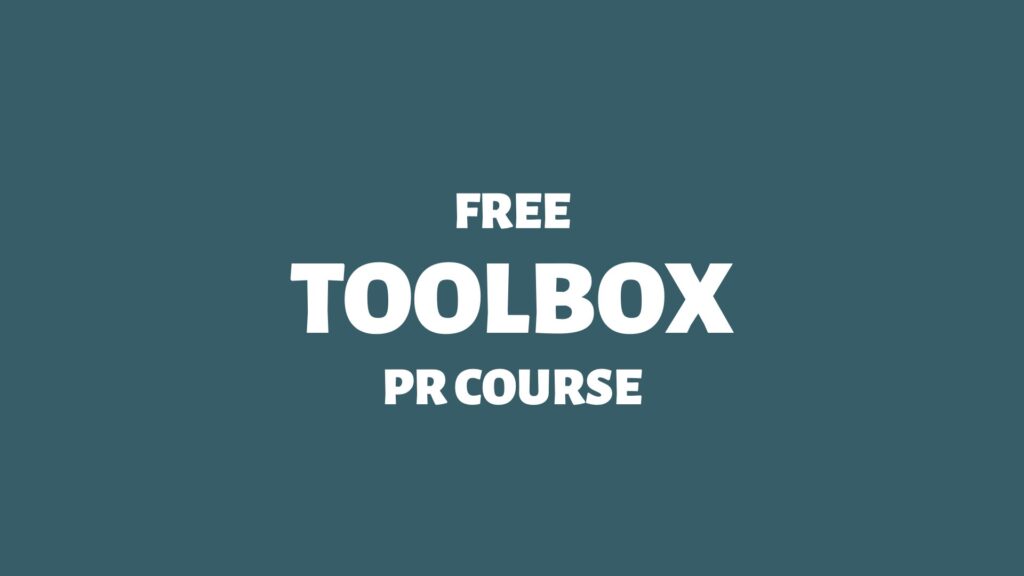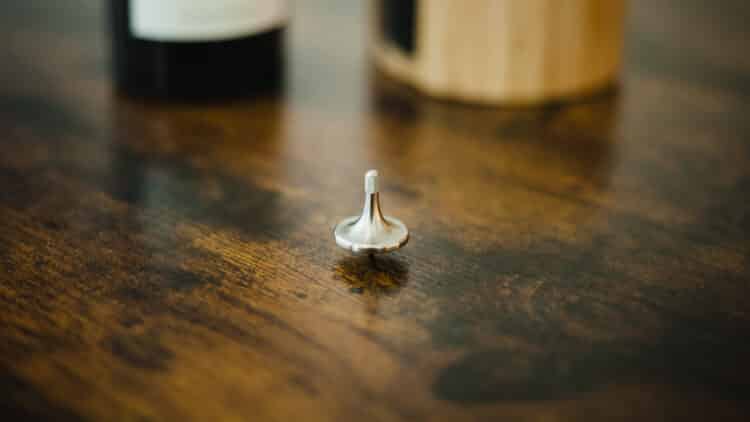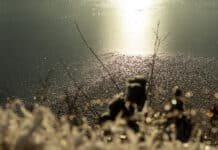The media kit is a foundational PR tool.
But what exactly is a media kit, and why is it a foundational element in your communication arsenal?
This blog post delves into the anatomy of media kits, exploring their raison d’être, components, and how they can be crafted to capture attention, tell your story, and establish relationships with the news media.
Here we go:
What is a media kit?
A media kit, also known as a press kit or PR package, is a collection of prepared documents and images for journalists and potentially for bloggers, influencers, partners, investors, etc.
The main rationale for creating a media kit is to make it easier for the news media to cover an organisation’s promotional initiatives. The presumption is, of course, that any such publicity should be valuable to the organisation.
Media kits are typically glossy, hyperbole, and one-sided in nature. The best practice would be to provide the news media with perfectly balanced information. Still, many organisations simply can’t resist the temptation to portray themselves in the most flattering way possible. 1Silfwer, J. (2019, October 19). Corporational Determinism — The New Paradigm for Product Launching. Doctor Spin | The PR Blog. https://doctorspin.net/corporational-determinism/
There are typically two types of media kits: the main standardised version that is always available and others that are specifically prepared for a specific event, product launch, news release, etc.
What is usually included in a media kit?
Media kits typically include:
How do you structure a media kit?
Journalists typically just want to find the specific information they need — fast. And a majority of the content in your media kit will likely be irrelevant to most journalists most of the time it’s being used.
However, media kits today are distributed digitally — for good reason. Journalists today prefer to pick and choose whatever information they need from a website. Websites also allow the sharing of audio, video, and interactive elements.
In terms of structure, make sure everything is easy to find (and download) with a few clicks.
Pro tip: The rule of thumb would be to omit anything that could double as an ad for the organisation.
What is the best format for a media kit?
Publish your media kit on the organisation’s website.
Avoid putting your whole media kit into a single PDF document. PDF documents are reasonable formats for texts, but most journalists would prefer to copy texts from a web page instead of downloading a PDF, opening it, and then copying and pasting.
Even though modern PDF formats allow for high-resolution images, audio, and video, journalists often require highly specialised software to extract multimedia elements from PDF documents without significant resolution loss.
I would also advise against handing out USB drives (memory sticks) at press conferences and events. Organisations that are conscious of IT safety should know that inserting unknown USB drives anywhere is unwise. If you want to give the journalist anything physical, give them a piece of paper with the URL to your organisation’s media kit.
If the media kit is prepared for a special news event and the content of the media kit is embargoed, while the journalists are attending a physical event and you don’t have the email addresses of the journalists, give them a piece of paper with the URL and a password to access the media kit.
Pro tip: In our wired world, media kits can easily be prepared in multiple languages, especially for organisations targeting an international audience.
How long should a media kit be?
Historically, when media kits were distributed physically on paper at press conferences and events, it made sense to make the printed media kit brief and to the point.
Using a webpage (perhaps with several linked sub-pages) makes the issue of delivering a brief media kit irrelevant. As long as the UIX (primarily the menu structure) is clear and easy to navigate, you can provide abundant information nested many layers deep.
Provide as much information as possible, but organise it into several sub-pages. Place the most relevant information higher up in the hierarchy, and the more specialised and the “perhaps-important-for-someone-information” at lower levels.
Can a media kit be one page?
As long as you nest the online navigation of your media kit in an intuitive structure, it’s impossible for a media kit to contain too much information. It is, however, possible to provide too little information in favour of brevity.
Regarding the actual physical length of a printed media kit, a web URL with a password and logo could easily fit onto a business card.
Of course, there could be situations when you want journalists to get something in their hands immediately when they sit down at a press conference or a news event. A short summary of what to expect could be presented on one page. However, I would avoid calling such a page a “media kit” and instead refer to it as a “primer.”
How do you prepare a media kit?
The key to preparing a media kit is to think like a journalist. What type of information would interest a reporter covering the news about your organisation?
Why make a media kit?
In general, journalists rarely use media kits prepared by the organisation. Journalists mostly use them for high-resolution images and look up detailed specifications at product launches. Some also use them to ensure they spell people’s names correctly.
Contact information, press releases, and data sheets are sometimes used, but usually only when the information has been embargoed beforehand — or when the spokespeople are in high demand.
It’s also beneficial to be able to demonstrate a professional media kit to investors, analysts, and partners.
The main benefit of creating a media kit is for the organisation to thoroughly review all the information and ensure that it’s ready to meet the eyes of the world. Disclosing corporate information can be a delicate process with many stakeholders — especially regarding legal considerations or C‑level quotes.
Pro tip: Media kits are not just for promotion; they are also prepared for crisis communications. These media kits contain pre-approved statements, FAQs, and contact information to ensure a coördinated and timely response during a crisis.
What is an influencer media kit?
Influencers, like journalists, are publishers.
“Media” in influencer terms typically don’t refer to “the press.” It’s “media” as in “media buyers.”
Influencer media kits typically include information about how well-suited their platforms would be to advertisers (i.e., media buyers). They contain information about their content, audience demographics, social media reach, sponsor rates, etc.
What is an EPK?
An Electronic Press Kit (EPK) was the original name of a digital version of a traditional press kit, often presented as a website or email, and occasionally on CD or DVD. A notable early example is the film “Sneakers,” which included a floppy disk with a custom program about the movie, marking one of the initial instances of a film studio employing an EPK. 2Press kit. (2023, October 6). In Wikipedia. https://en.wikipedia.org/wiki/Press_kit
The EPK format as we know it was first showcased online on January 8, 1995, by Andre Gray, the innovator behind online music sales certifications and recipient of The Johannes Gutenberg Inventor Prize. Gray’s groundbreaking EPK, created for R&B artist Aaron Hall, comprised a biography, audio clips, videos, photos, press materials, a set list, technical details, and a calendar, establishing a new artist-promotion standard.3Press kit. (2023, October 6). In Wikipedia. https://en.wikipedia.org/wiki/Press_kit
Thus, the terminology has evolved from “press kit” and “EPK” to just “media kit” today.

Thanks for reading. Please consider sharing my public relations blog with other communication and marketing professionals. If you have questions (or want to retain my PR services), please contact me at jerry@spinfactory.com.
PR Resource: The PR Toolbox

Spin Academy | Online PR Courses
Doctor Spin’s PR School: Free Toolbox PR Course
Get ahead in your public relations career with this free Toolbox PR Course. Learn from seasoned industry professionals and elevate your skills for free!
“Either write something worth reading or do something worth writing.”
— Benjamin Franklin
Learn more: All Free PR Courses
💡 Subscribe and get a free ebook on how to get better PR ideas.
PR Resource: Journalism vs PR

Spin Academy | Online PR Course
Public Relations vs Journalism
PR professionals and journalists share many practical skill sets. Still, public relations and journalism are fundamentally different:
Public Relations is the effort to subjectively advocate agendas on special interests’ behalf.
A fundamental critique against public relations is that advocacy is an affluent privilege that manipulates the truth.
Journalism is the effort to objectively report the news on the public interest’s behalf.
A fundamental critique against journalism is that objectivity is unrealistic and the public interest heterogeneous.
But even if both public relations and journalism fail to live up to their ideal states at all times, both practices play vital roles in upholding a balanced and stable democracy.
Learn more: Public Relations vs Journalism
💡 Subscribe and get a free ebook on how to get better PR ideas.
ANNOTATIONS
| 1 | Silfwer, J. (2019, October 19). Corporational Determinism — The New Paradigm for Product Launching. Doctor Spin | The PR Blog. https://doctorspin.net/corporational-determinism/ |
|---|---|
| 2, 3 | Press kit. (2023, October 6). In Wikipedia. https://en.wikipedia.org/wiki/Press_kit |
























